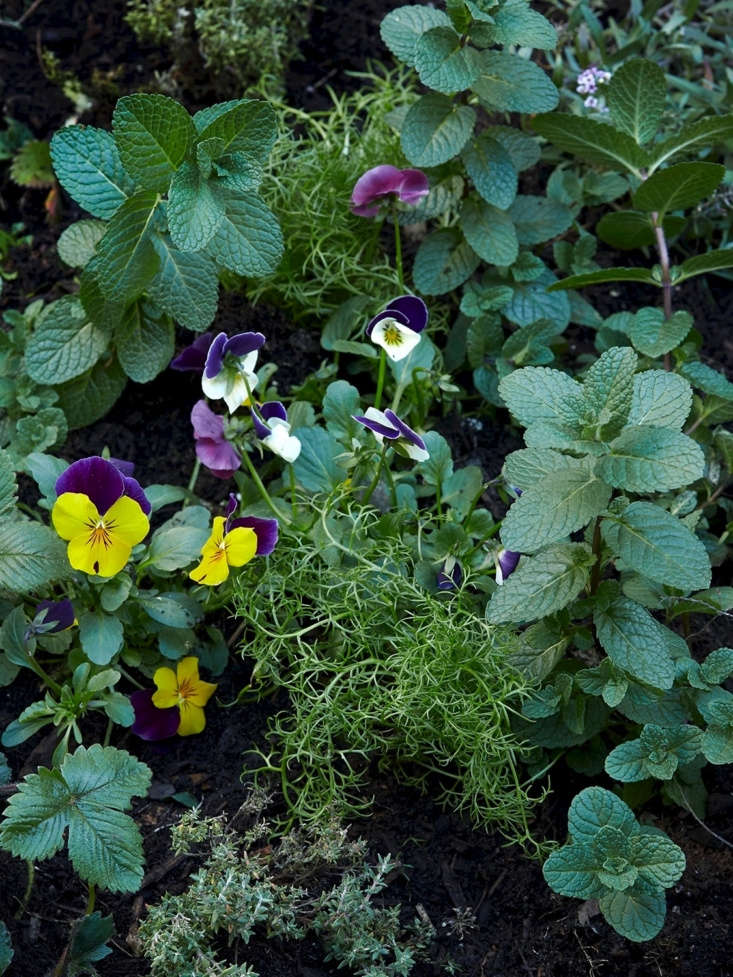We choose our life companions based on a host of factors, some profound (their kindness, intelligence, and so forth), others less so (I really, really liked my husband’s hair when I first met him). And if all goes right, our significant others compel us to be better versions of ourselves.
The plants in our gardens, though, don’t get to choose the company they keep. Sometimes, through no fault of their own, they end up in dysfunctional relationships, setting up house, say, with plants that dwarf them and steal their light. We have the power, though, to set them up with beneficial partners that will enrich them and make them happy. How? Companion planting.
What is ‘companion planting’?

In a nutshell, it’s a gardening strategy that maximizes growth and crops by planting mutually beneficial plants next to each other.
What are the reasons to practice companion planting?

There are manifold reasons, among them pest prevention (a companion plant may be able to protect its partner from pests that are commonly attracted to it); soil fertility (nitrogen-fixing plants can help out non-nitrogen-fixing plants); natural trellising (a tall plant can provide the scaffolding a climbing plant needs); shade regulation (a tall sun-loving plant can protect a low shade-loving plant); and weed control (wide ground-covering plants next to upright, thin plants discourages weeds). And some gardeners will tell you that proper companion planting can lead to better-tasting crops.
What are some good vegetable pairings?

Go here for an especially helpful visual chart on vegetable companion plants. Here are some common pairings:
- Corn and beans: Beans love the tall corn stalks to climb up, and corn loves the nitrogen provided by the beans.
- Carrots and tomatoes: Tomatoes provide shade and pest prevention, and carrots aerate the soil.
- Lettuce and chives: Chives repel insects that are naturally attracted to leafy greens.
- Cucumbers and peas: Cucumbers appreciate the nitrogen-fixing peas.
What about flowers?

Flowers have a place in companion planting, too. Not only do they provide some colorful beauty in a vegetable garden, but certain flowers offer their companion plants pest protection by attracting insects to them (and away from the crops) or by repelling insects with their scent.

Marigolds are the MVP flowers of companion planting, as many gardeners believe they have pest-repellent properties. (See Mosquito Repellent: 5 Flowers and Herbs to Keep Pests Away.)
For more in our Garden Decoder series, see:
- The Garden Decoder: What Does ‘Organic Gardening’ Really Mean?
- The Garden Decoder: What Is ‘Square Foot Gardening’?
- The Garden Decoder: What Happens When Edible Plants ‘Bolt’?
And go to Our Complete Guide to Edibles for our field guide to growing crops.









Have a Question or Comment About This Post?
Join the conversation